Midwest City, Oklahoma is a decidedly blue-collar suburb of Oklahoma City with about 54,000 residents, located to the east of downtown and sprawled out roughly along I-40. Over the years its economy has had its ups and downs, but as of recently has sort of been in the toilet aside from the saving grace of Tinker Air Force Base which provides the region’s economic base. General Motors closed its Oklahoma City assembly facility in 2006, and numerous businesses left the area about 20 years ago during the Oklahoma oil bust of 1983, when the economy of the entire region deflated rapidly and dramatically. Though some areas around Oklahoma City have re-emerged successful through the service industry and technology sector, the east side of the metro has fared decidedly worse than the expanding north, west, and south metro areas.
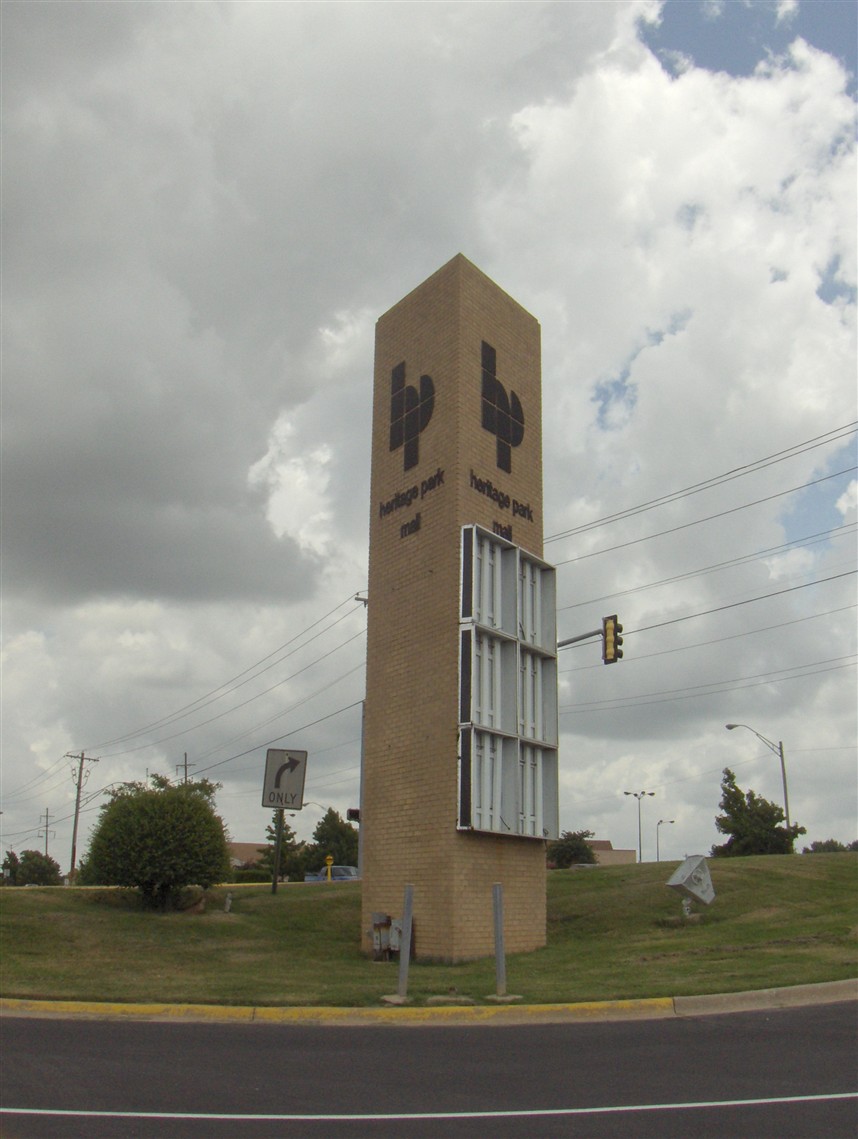 One of the major retail corridors of Midwest City is Reno Avenue, which runs directly east from downtown Oklahoma City and further east off into the boonies. At just over 600,000 square feet, Heritage Park Mall anchors this retail strip in Midwest City, and it opened in the 1970s. I have one source which tells me 1971, and another which says 1978 – which is it? Heritage Park had a fair amount of success in the 1970s and 1980s, as super-regional malls like Quail Springs and Penn Square weren’t as dominant and the local economy wasn’t in dire straits.
One of the major retail corridors of Midwest City is Reno Avenue, which runs directly east from downtown Oklahoma City and further east off into the boonies. At just over 600,000 square feet, Heritage Park Mall anchors this retail strip in Midwest City, and it opened in the 1970s. I have one source which tells me 1971, and another which says 1978 – which is it? Heritage Park had a fair amount of success in the 1970s and 1980s, as super-regional malls like Quail Springs and Penn Square weren’t as dominant and the local economy wasn’t in dire straits.
As the 1990s progressed, Heritage Park started to show its age. Lacking renovation, stores started to flee the mall in alarming numbers. The rear anchor Wilson’s became replaced by Service Merchandise, and at least the anchor stores were safe for a while. However, the bottom dropped out at the end of the decade when Montgomery Ward left the mall during a round of bankruptcy closures in 1999, and Service Merchandise left in 2000 for the same reason. This left 2 gaping anchor holes at the mall, and the 200,000 square feet of inline space began to bleed tenants. Also in the 1990s, Penn Square Mall on Oklahoma City’s well-to-do north side and Quail Springs Mall in the sprawling far northwest area of the city repositioned themselves as top-tier destination malls, stealing shoppers and therefore tenants from all other OKC-area malls, save for the far-flung ones in Shawnee and Norman.
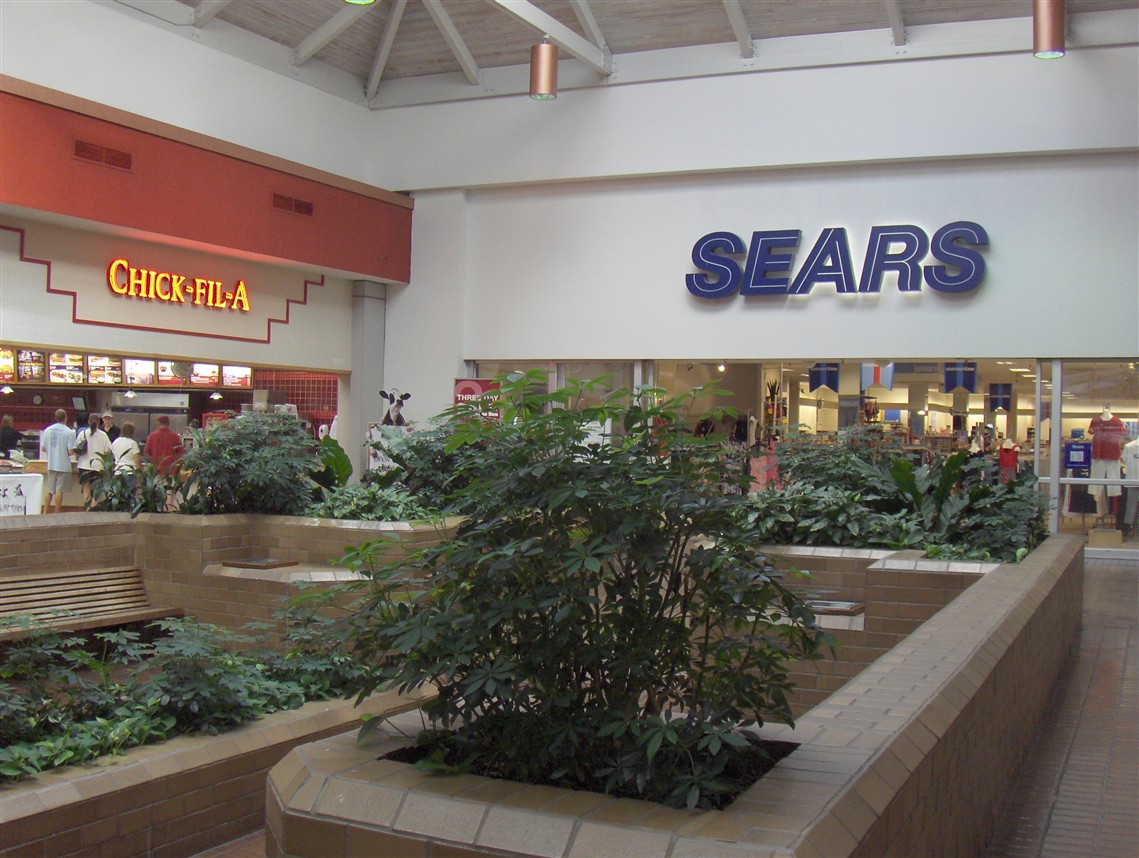 Since 2000, Heritage Park’s fortunes have really gone south. The mall not only has a vacancy problem, but is extremely dated, having not been significantly renovated since the 1970s. Penn Square and Quail Springs continue their dominance in the area, so Heritage Park’s management has had to make one of two decisions. Either redevelop the mall and make a converted effort to reposition, or do absolutely nothing and wait for all the stores to leave. In 2005, mall owners chose the former idea, to redevelop the mall. Citing a 33 percent vacancy rate, they determined the best way to redevelop the mall is to position big box anchors along the mall’s frontage (along Reno) and accompany them with in-line stores original to the mall’s configuration. This would significantly lessen the number of “small stores” along the mall’s corridor, but at least it would retain some enclosed space and create a hybridized center of sorts. It could work, if they ever get started. As of June 2007, no work has started on this project. As they’ve waited, Heritage Park continues to bleed stores. In 2006, the Dillard’s location closed, leaving Sears as the lone anchor. By the end of 2006, Heritage Park Mall was operating at 50 percent occupancy. It won’t be long now..
Since 2000, Heritage Park’s fortunes have really gone south. The mall not only has a vacancy problem, but is extremely dated, having not been significantly renovated since the 1970s. Penn Square and Quail Springs continue their dominance in the area, so Heritage Park’s management has had to make one of two decisions. Either redevelop the mall and make a converted effort to reposition, or do absolutely nothing and wait for all the stores to leave. In 2005, mall owners chose the former idea, to redevelop the mall. Citing a 33 percent vacancy rate, they determined the best way to redevelop the mall is to position big box anchors along the mall’s frontage (along Reno) and accompany them with in-line stores original to the mall’s configuration. This would significantly lessen the number of “small stores” along the mall’s corridor, but at least it would retain some enclosed space and create a hybridized center of sorts. It could work, if they ever get started. As of June 2007, no work has started on this project. As they’ve waited, Heritage Park continues to bleed stores. In 2006, the Dillard’s location closed, leaving Sears as the lone anchor. By the end of 2006, Heritage Park Mall was operating at 50 percent occupancy. It won’t be long now..
The pictures featured here were shot in June 2007. As you can see, the decor is amazingly dated, and I would venture to say the mall never received any sort of renovation, at least anything significant. The sunken brick conversation pits, full sized trees, and the dark floor are all reminiscent of the period the mall opened. As for the mall’s design, it’s a relatively simple straight-shot corridor connecting two anchors with the other two behind them, facing the back of the mall. Thus, facing Reno Avenue are several mall entrances which lead directly into the mall’s main corridor. If you have any more information about the mall, such as when it actually opened, or any other anecdotal notes, feel free to leave some comments at any time.
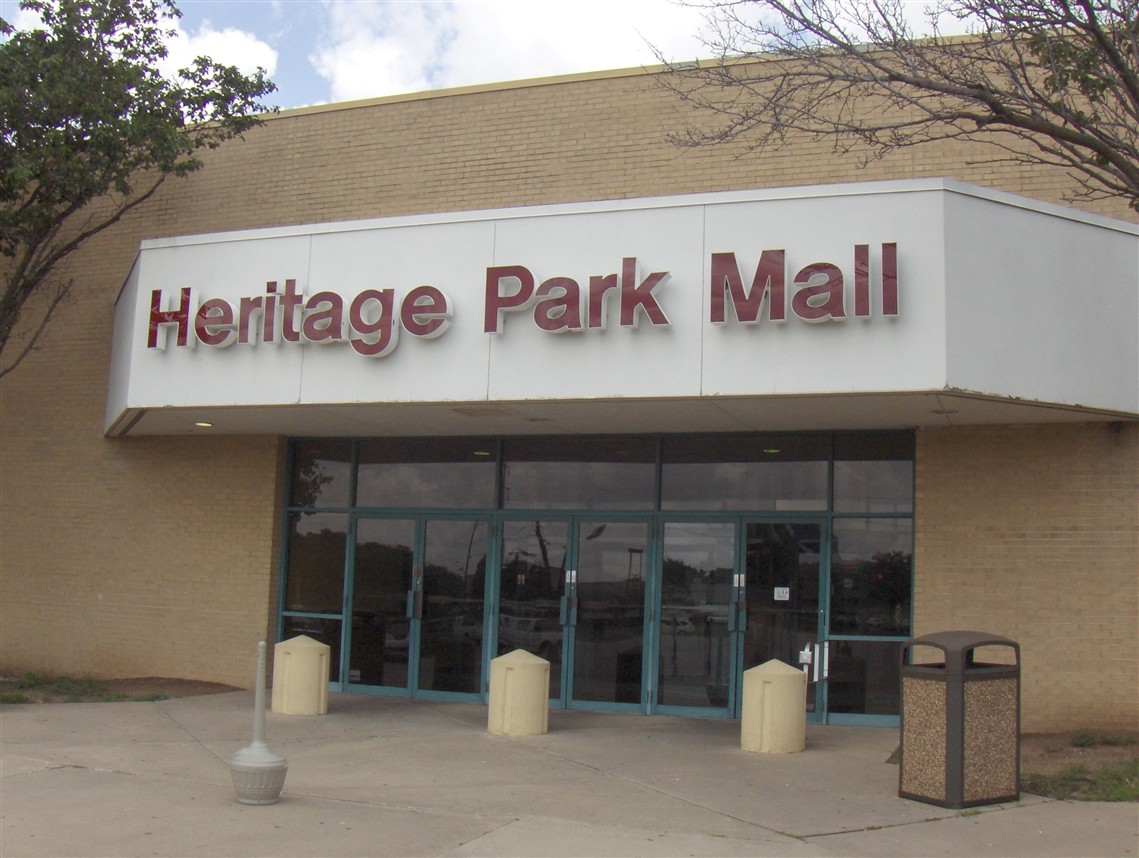


















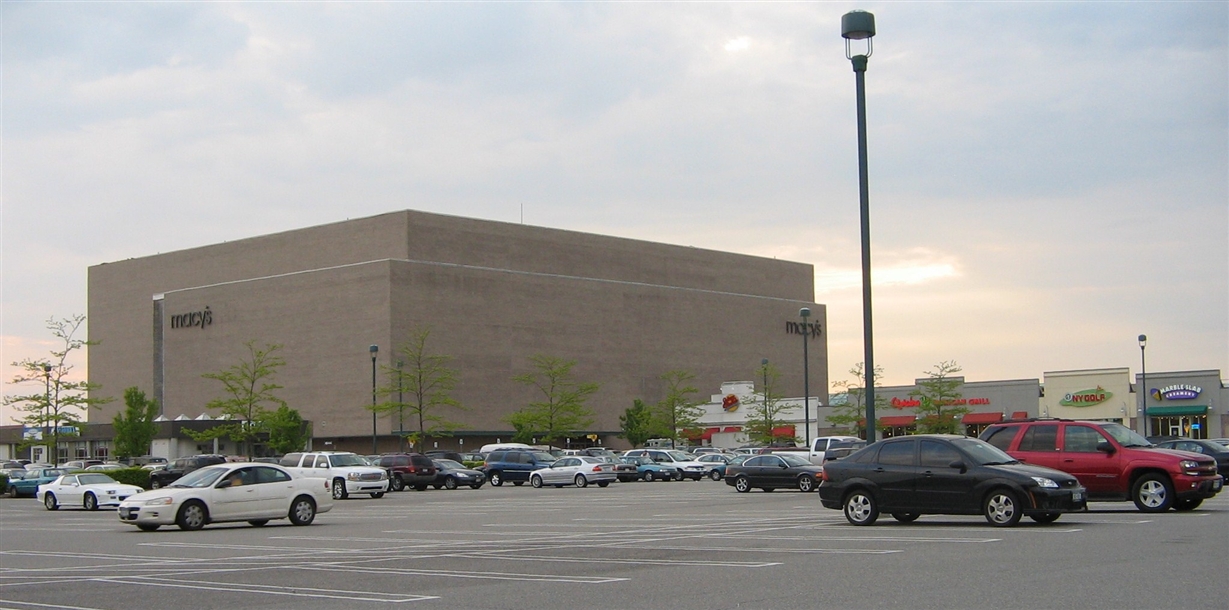
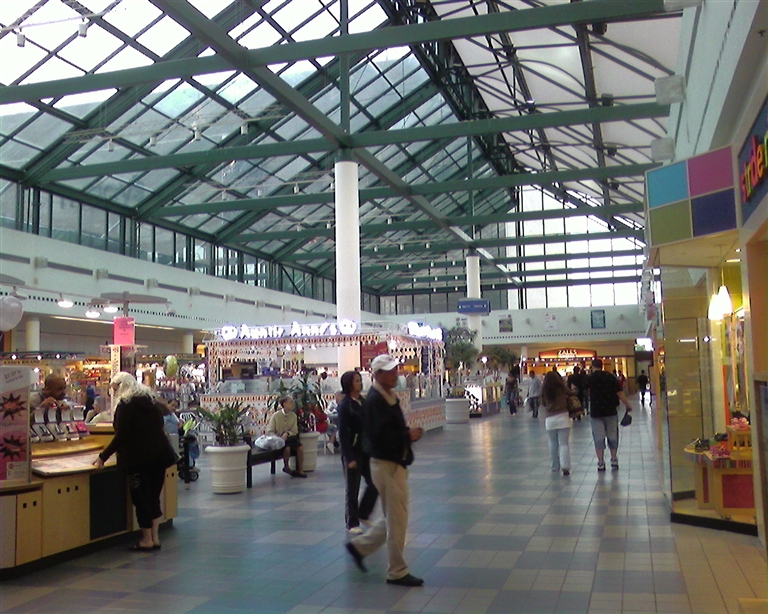











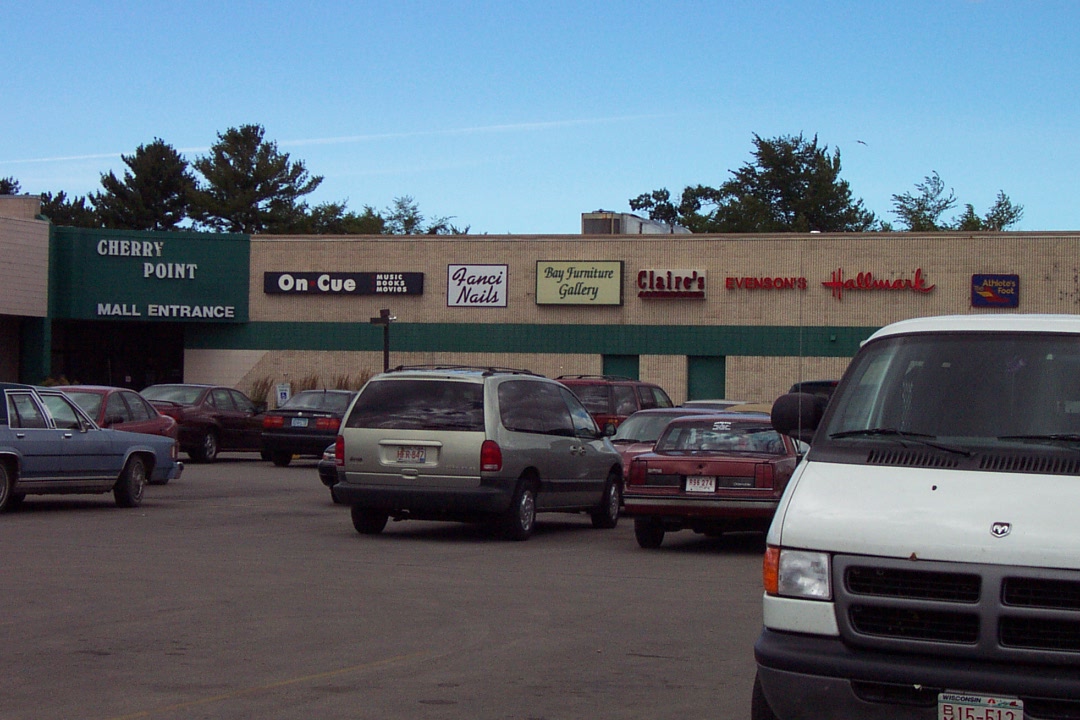
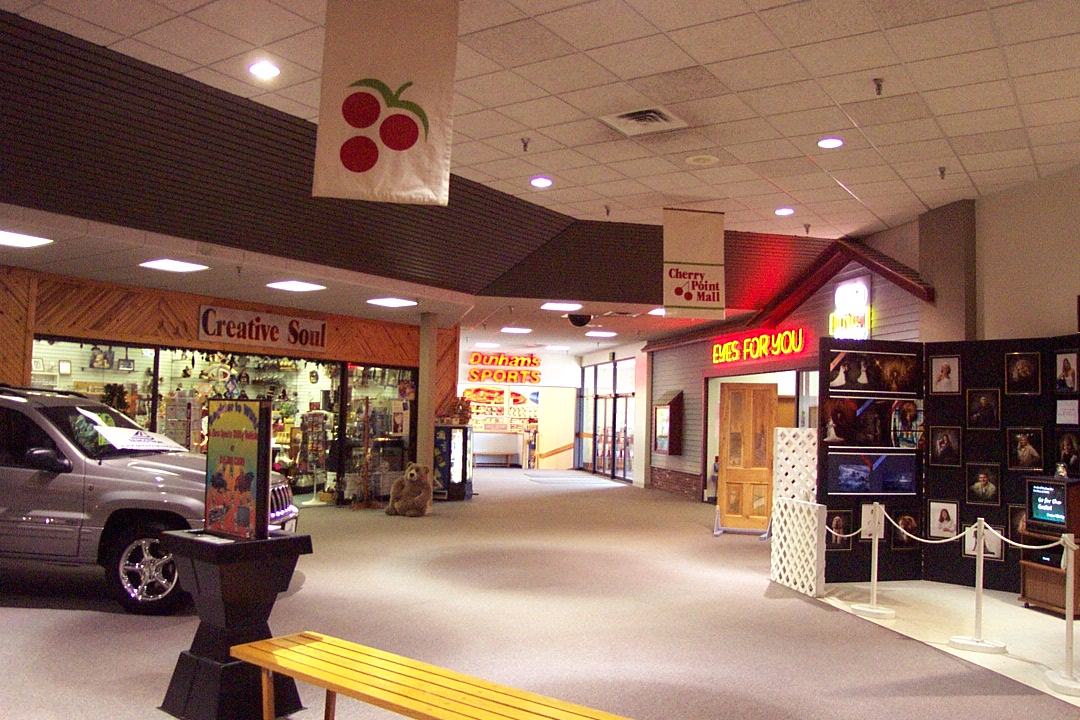







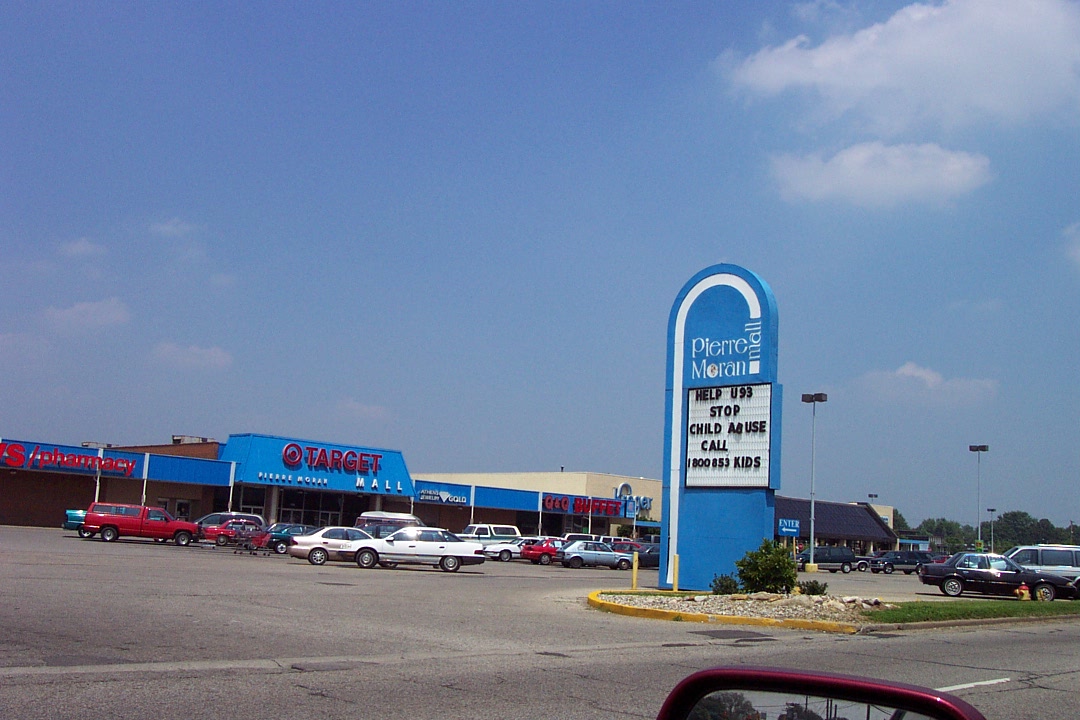
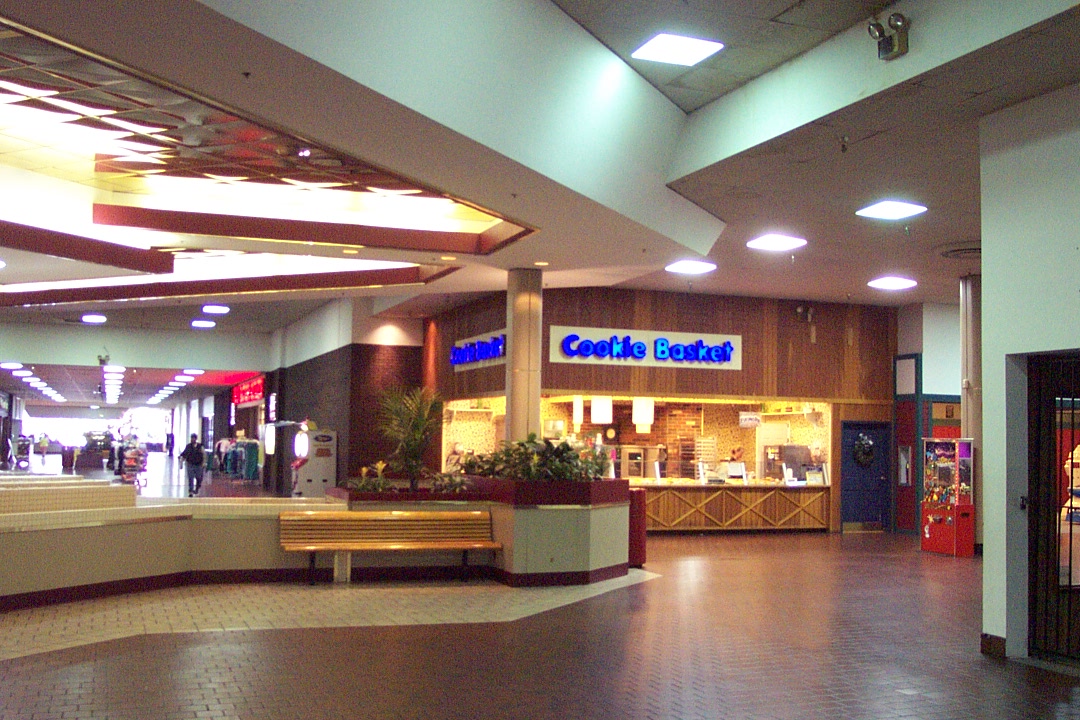
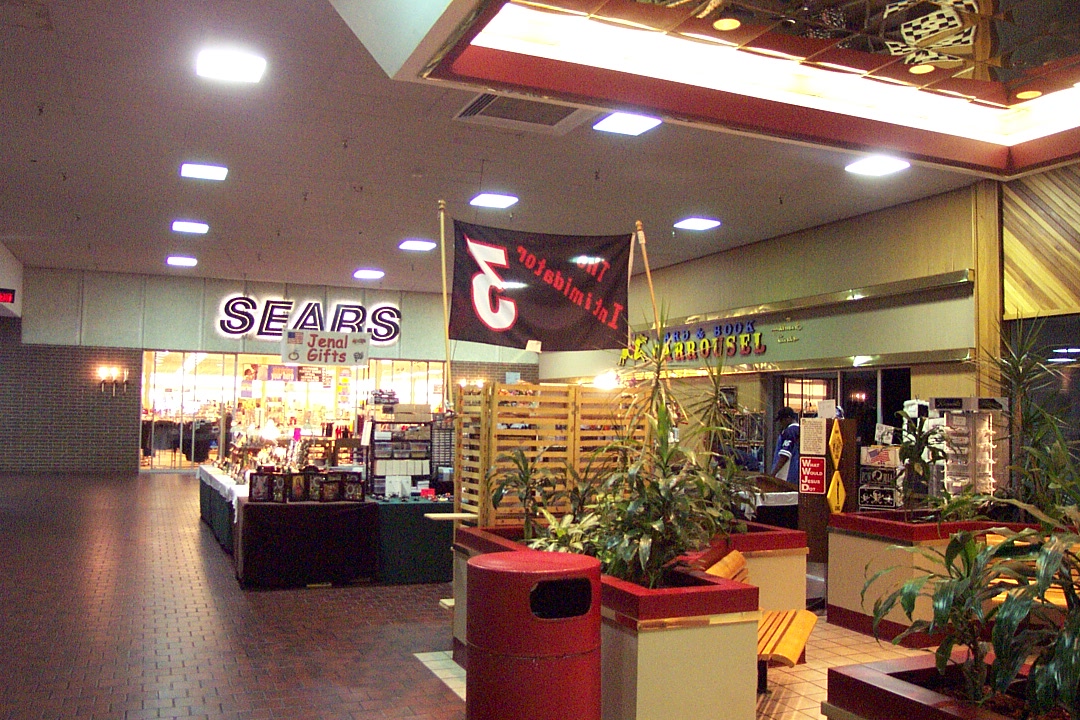





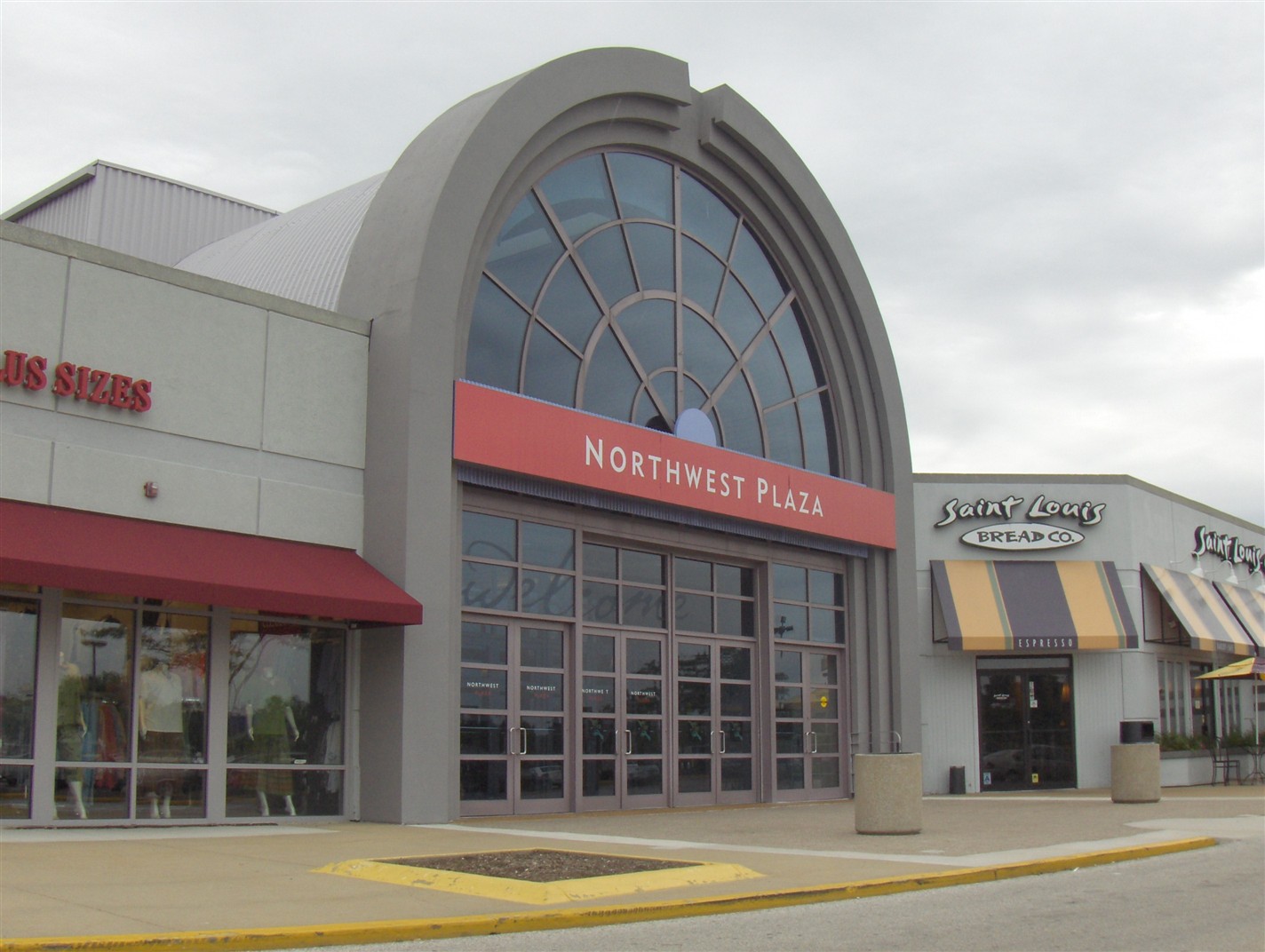
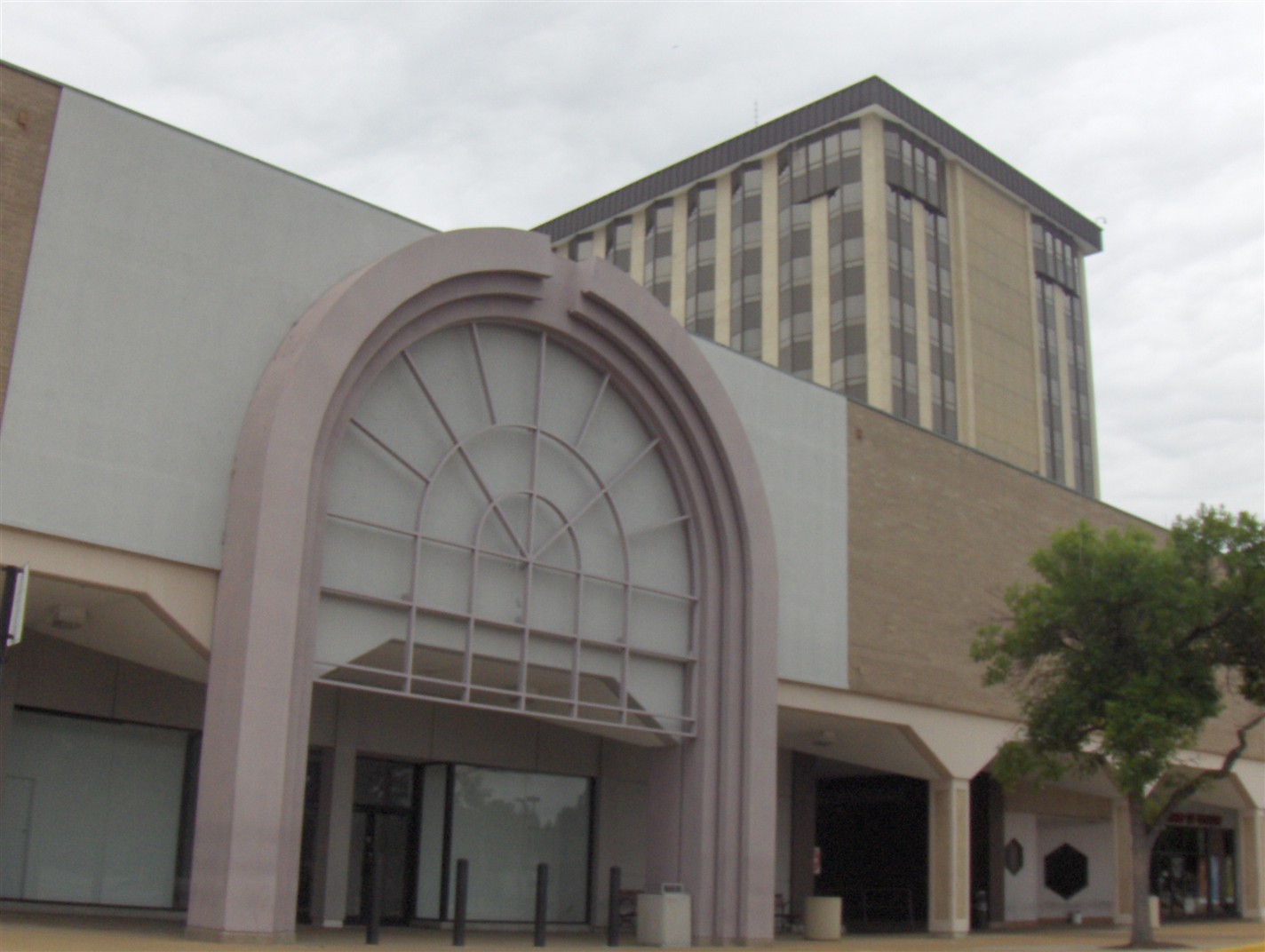
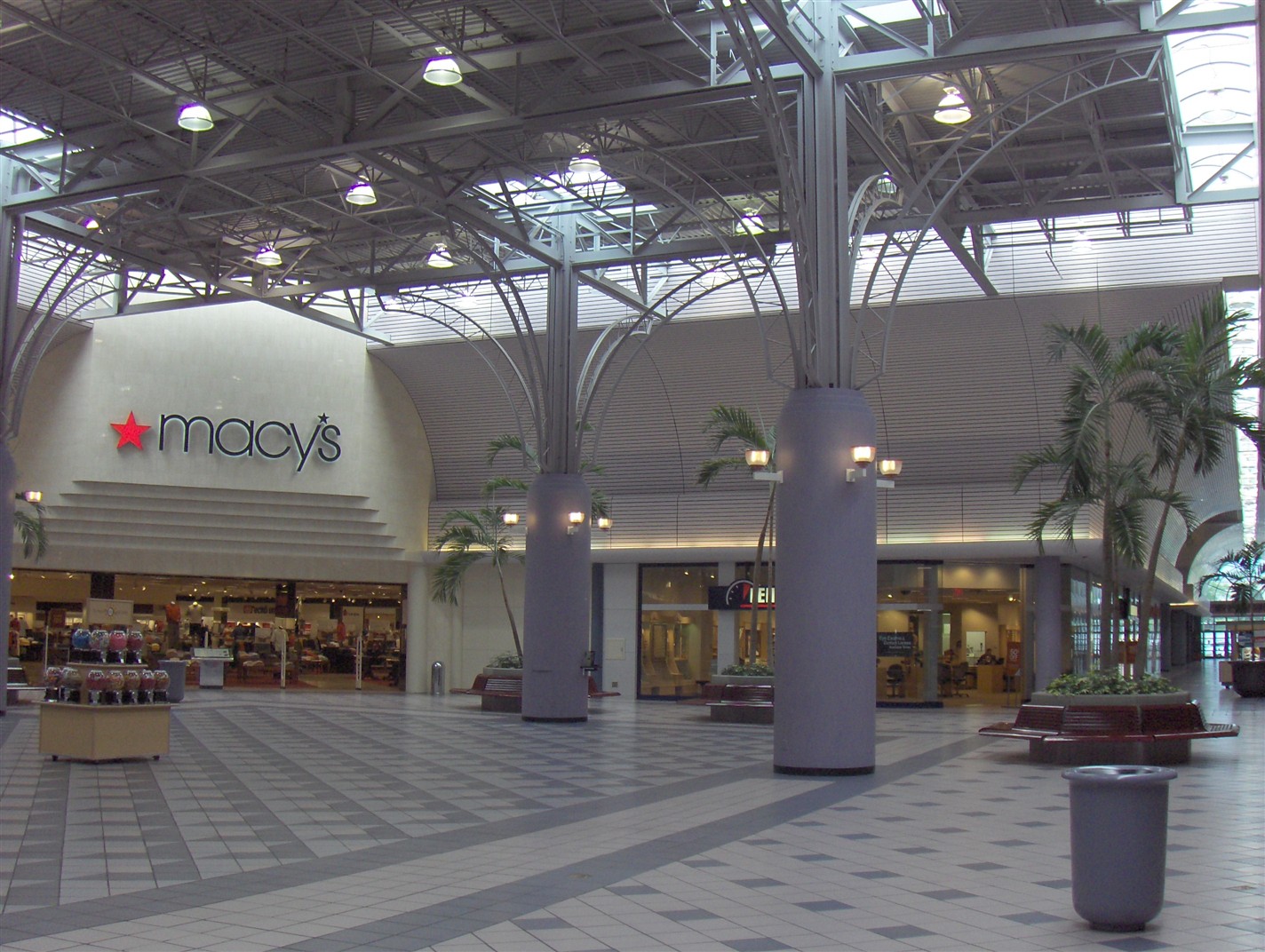
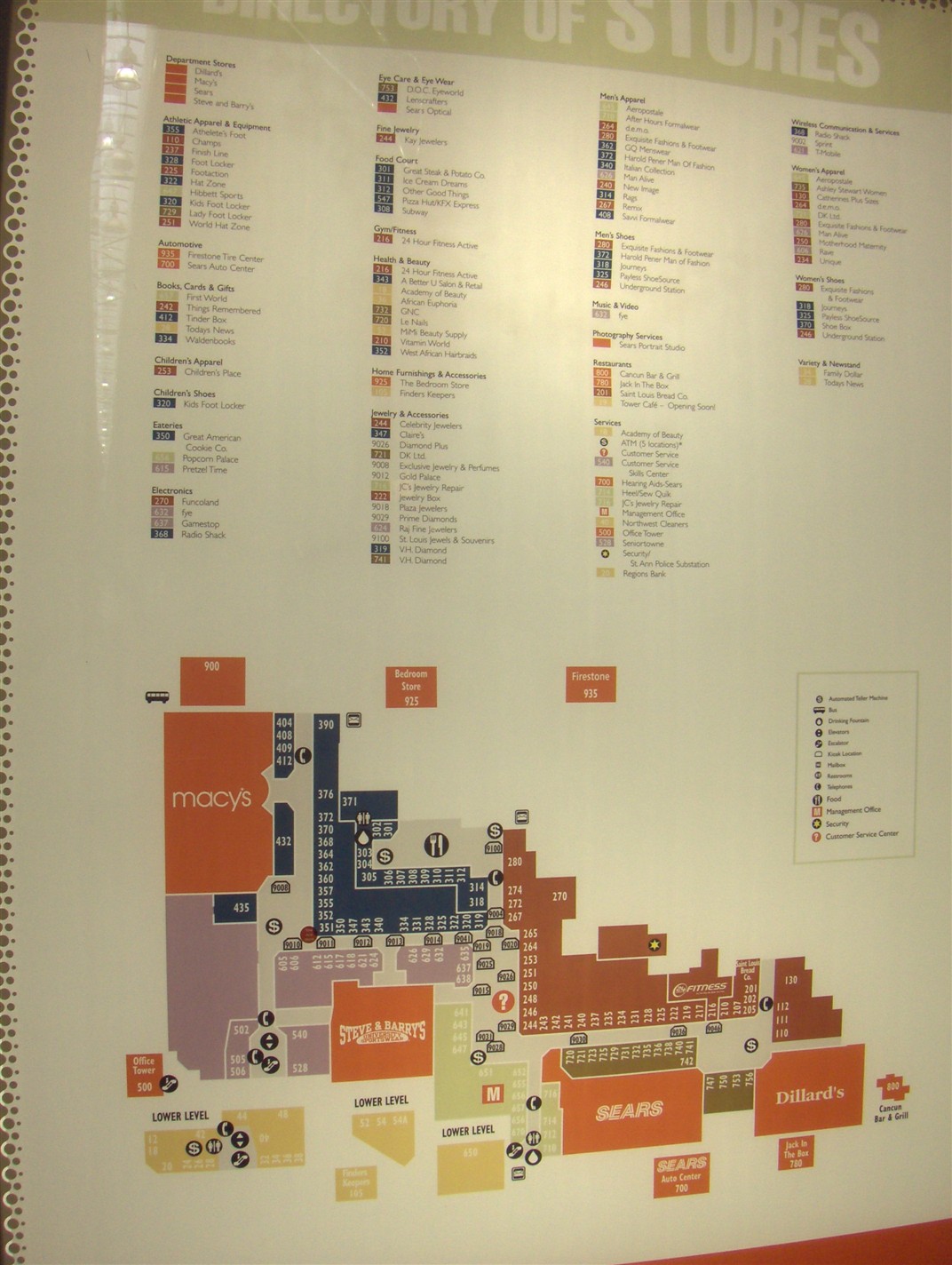




















































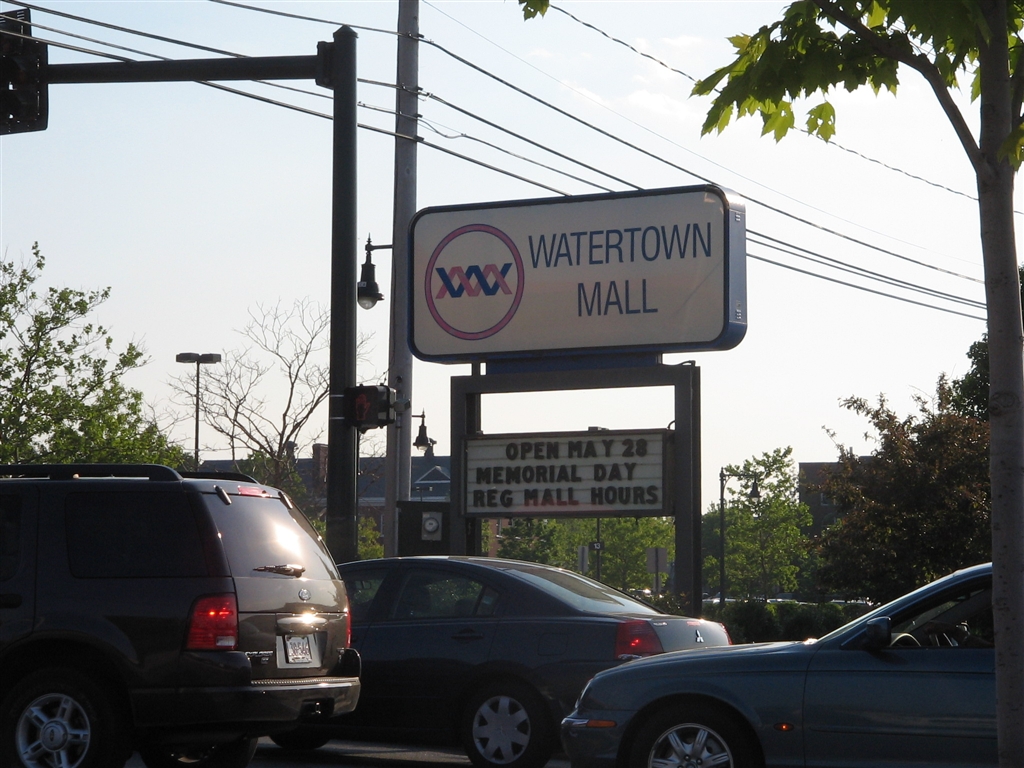
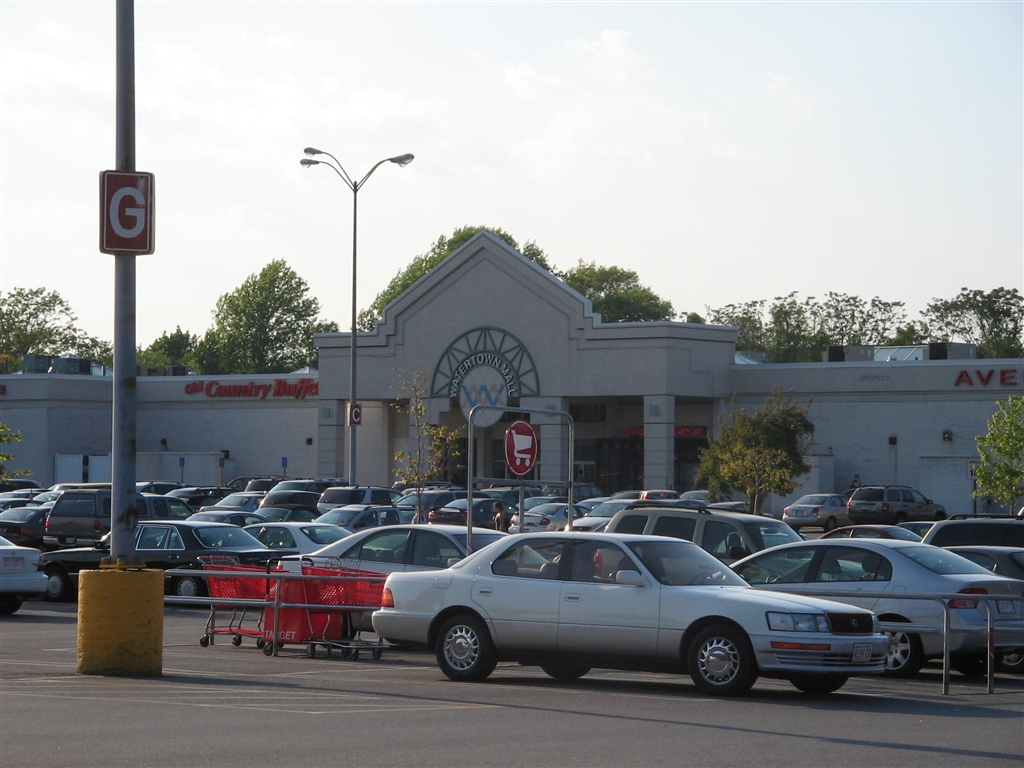


















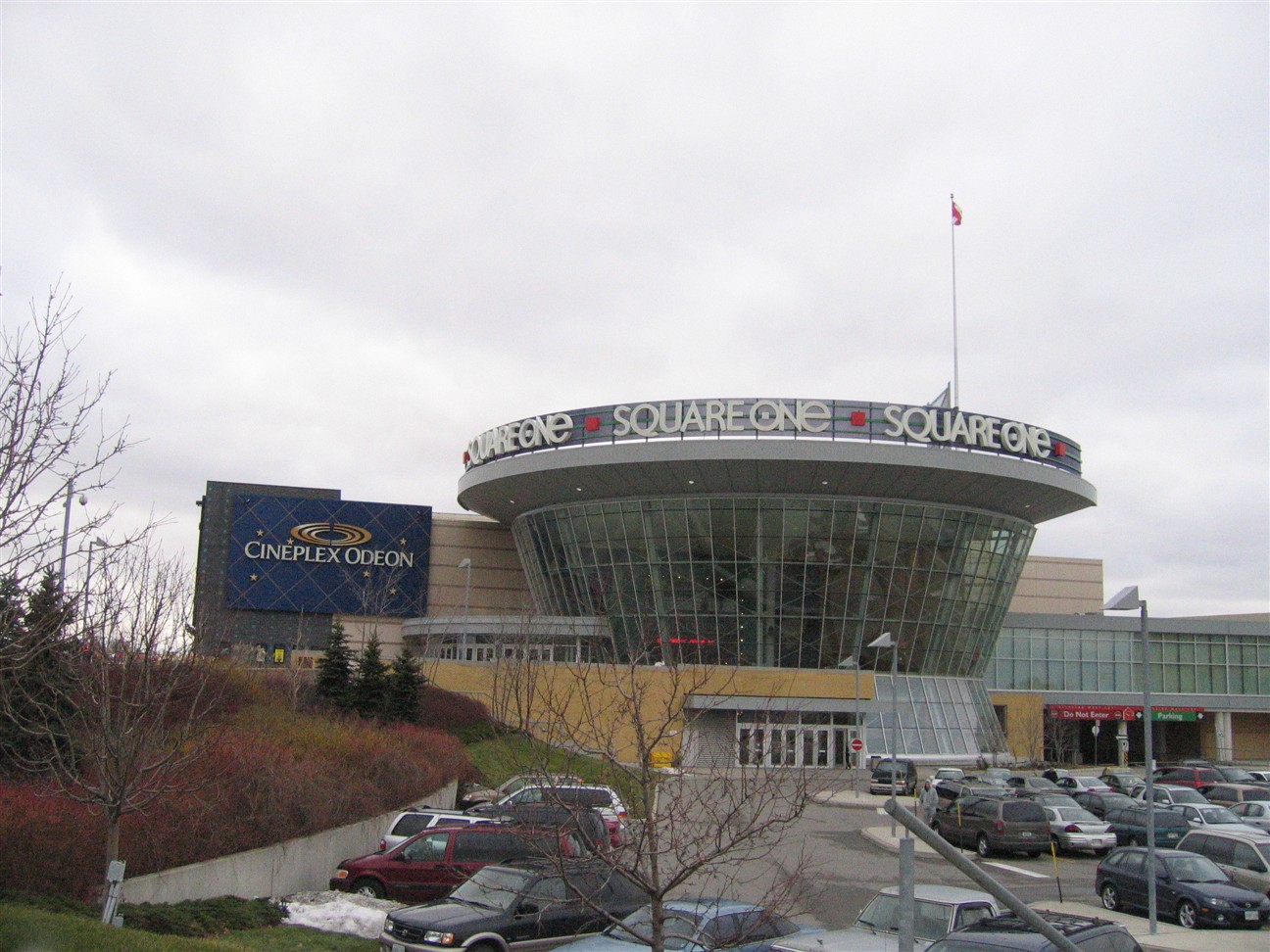
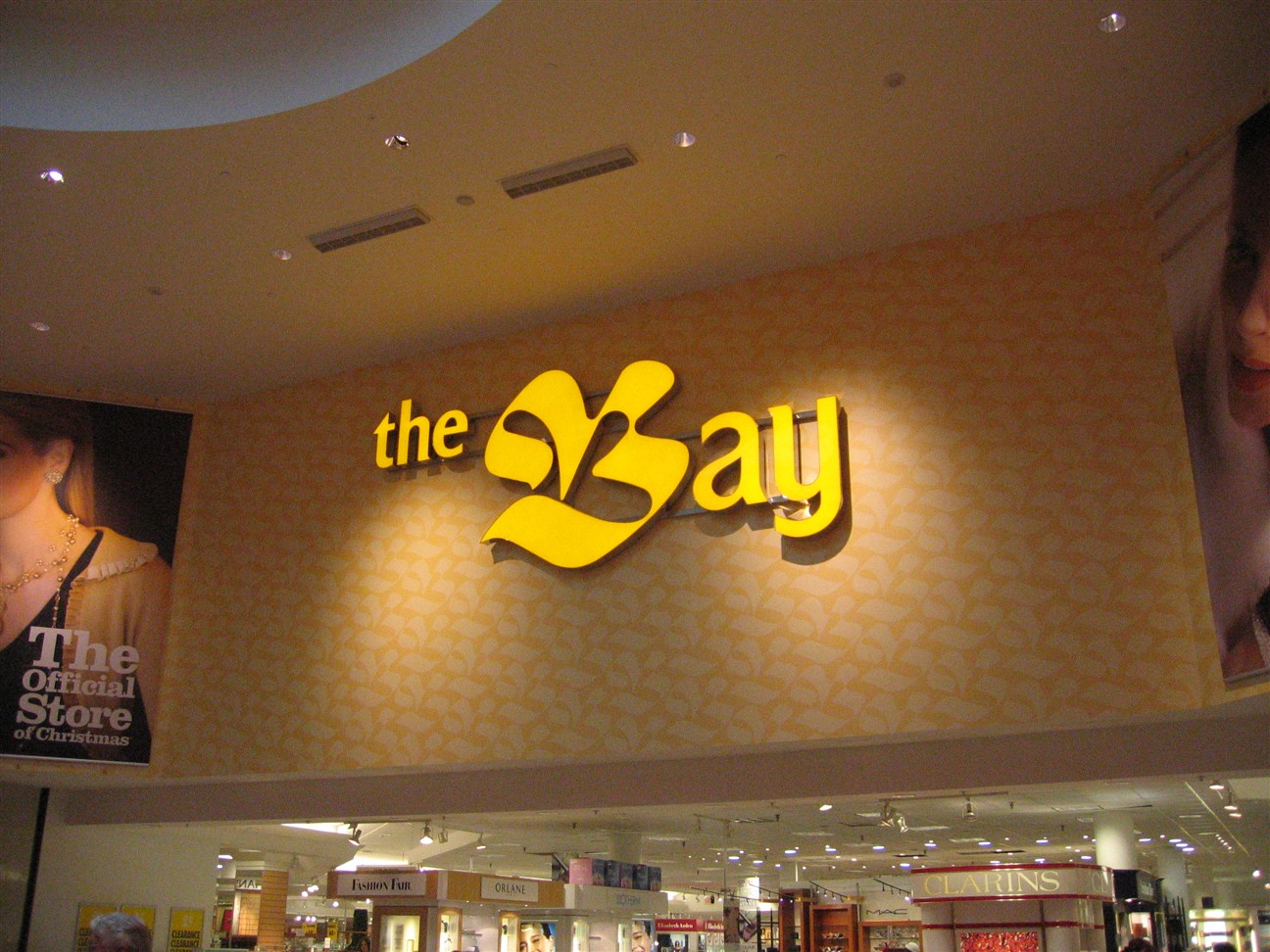
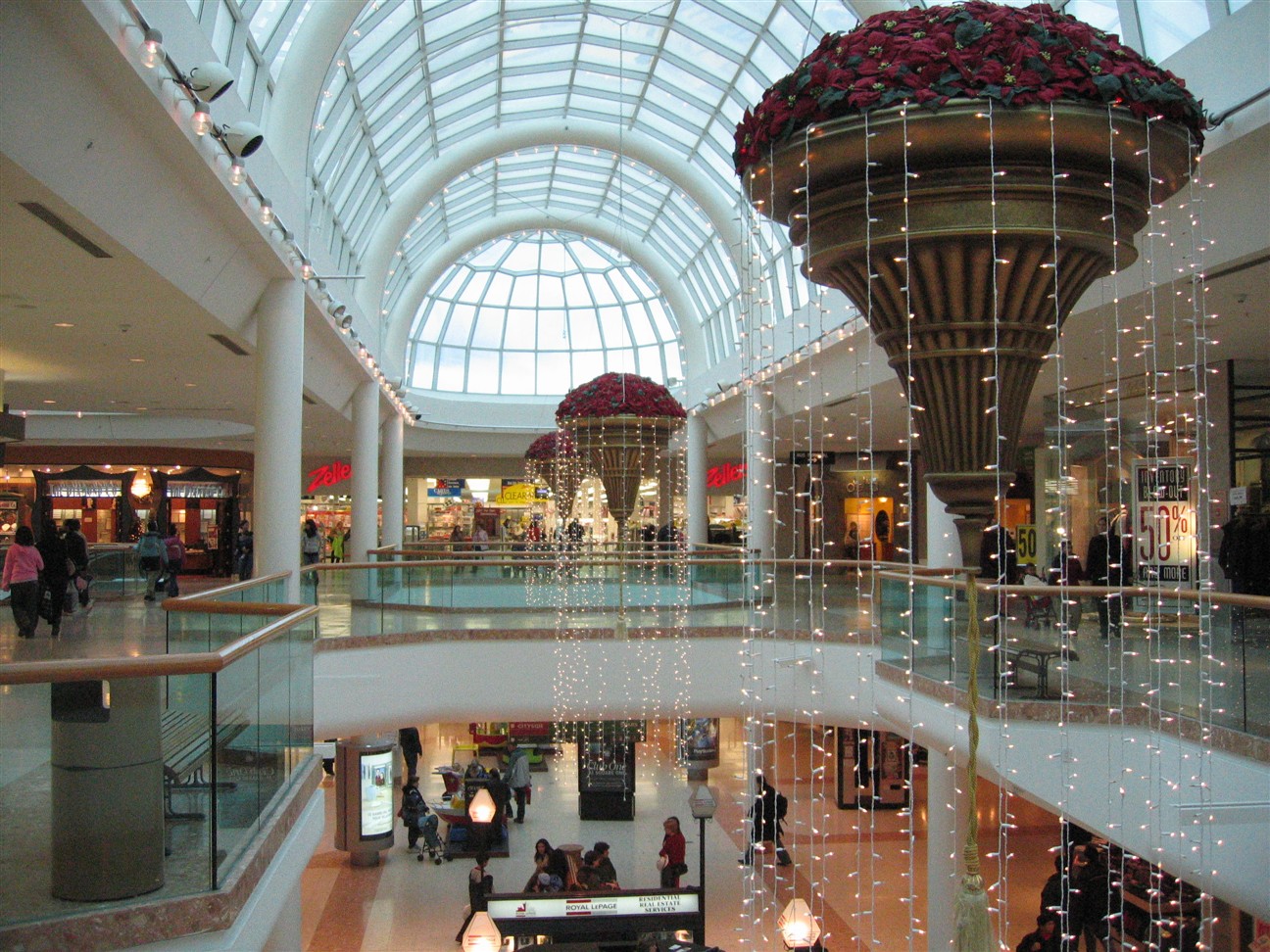










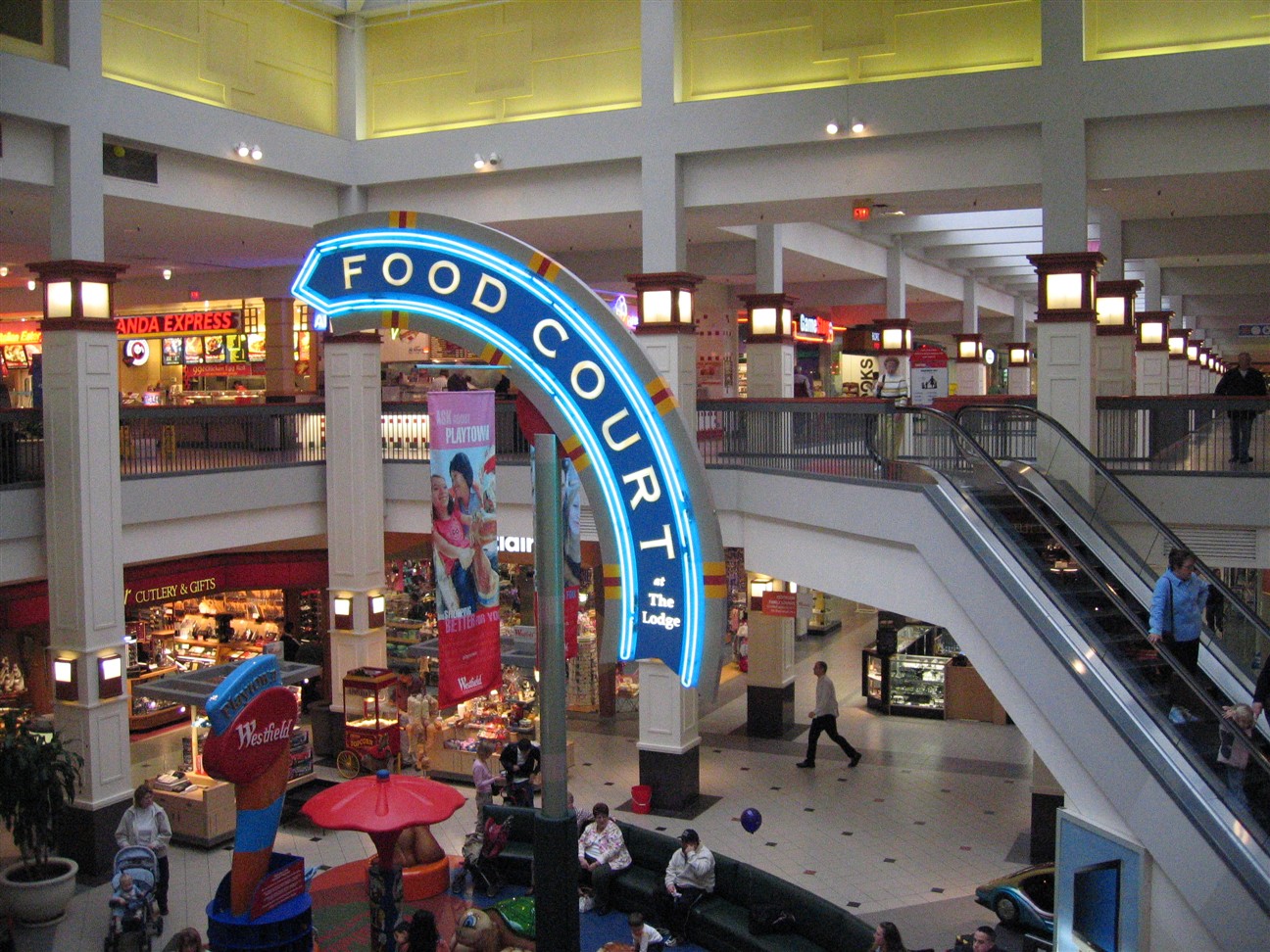
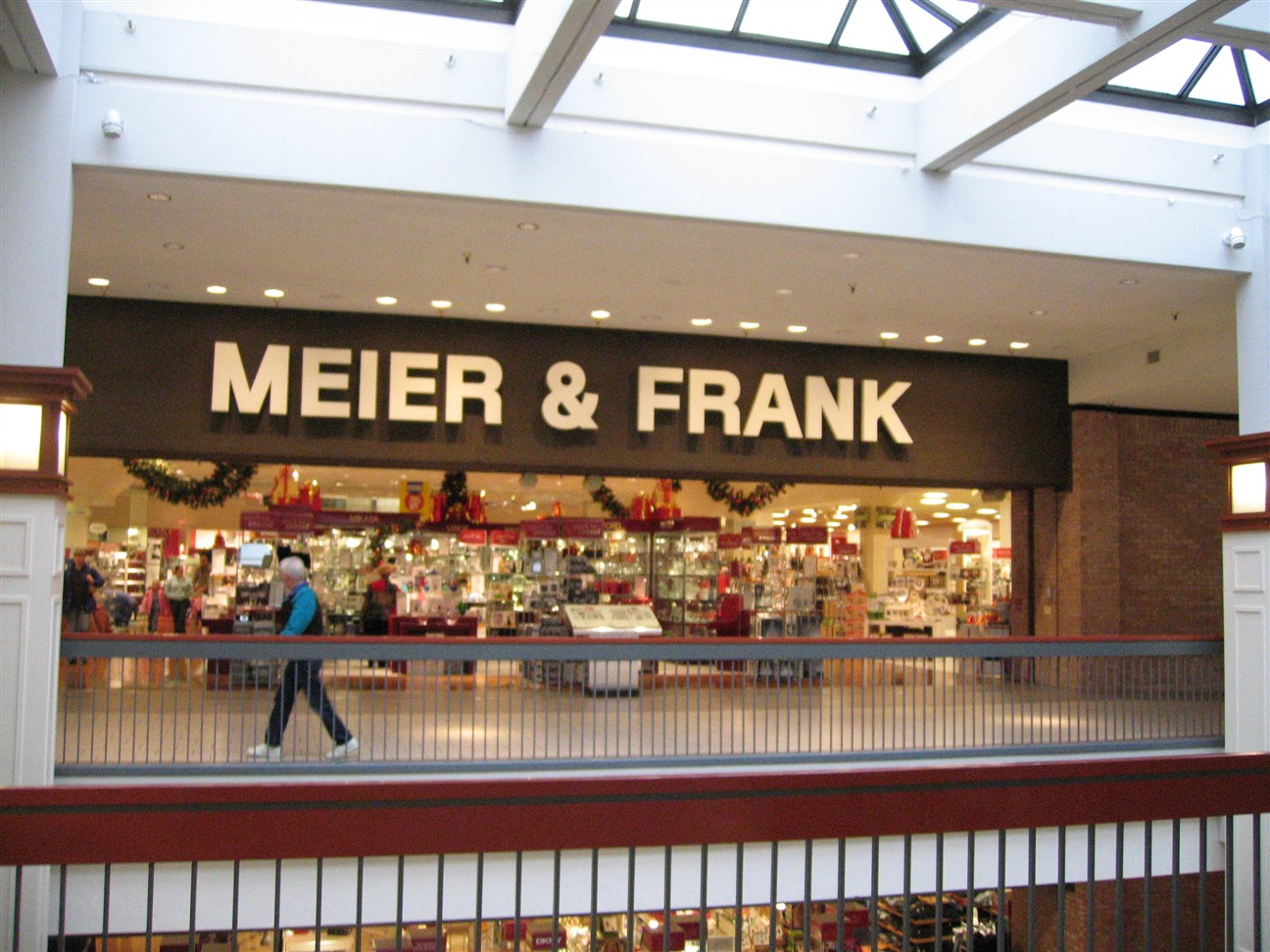








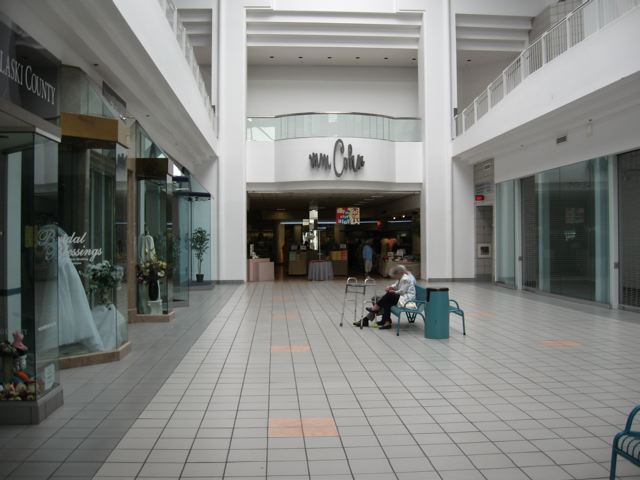
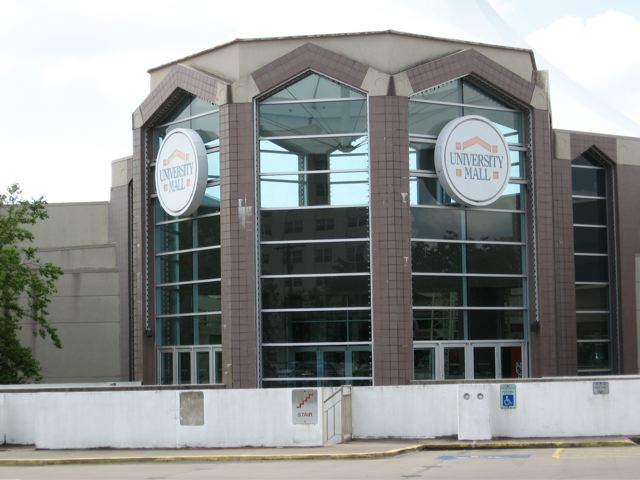















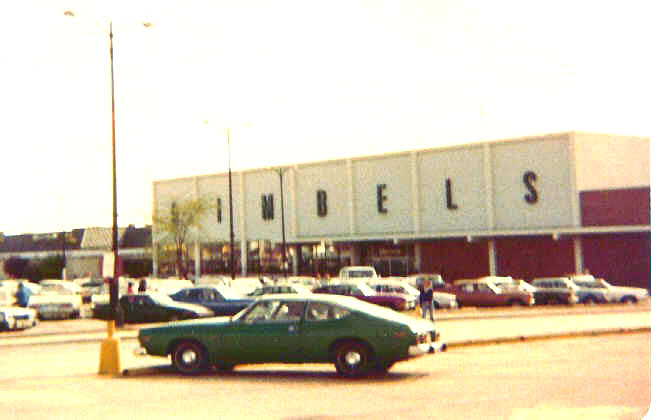
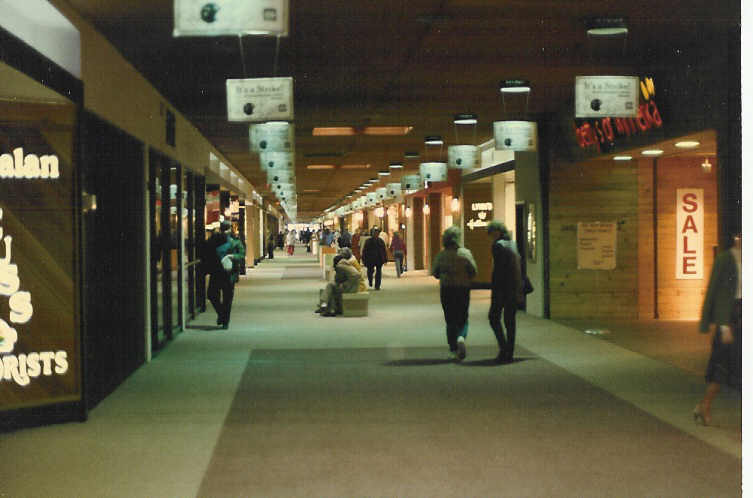
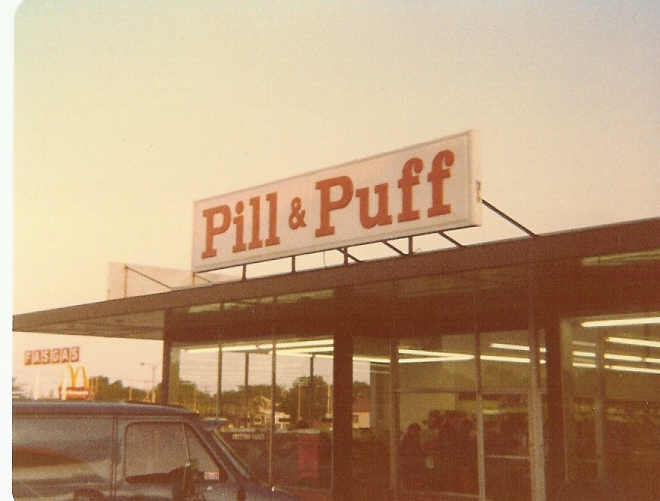 Southridge Mall
Southridge Mall





